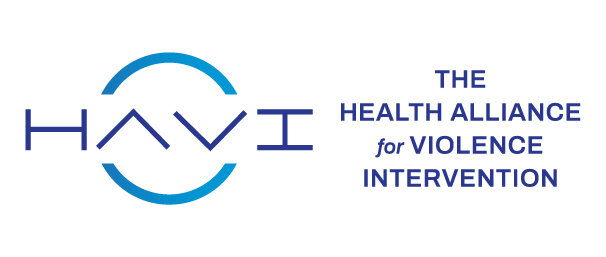Policy Background
Health policy is “the decisions, plans, and actions that are undertaken to achieve specific health care goals within a society,” as the World Health Organization defines it. This broad definition means that as long as there is a particular health goal in mind, any actions toward that goal constitute acts of health policy. Health policy can entail action as big and bold as passing a law, or it can be as minor as a city adjusting the budget for its health department.
What this definition means in practice is that community members are important participants in the health policy process. Is the state considering a new law? Is the hospital making new rules for visitors in its trauma unit? Whether the policy is big or small, input from community members is critical.
Because policymaking is occurring around us all the time, it can often seem overwhelming or confusing. It therefore helps to think of policymaking as happening at different levels, like a pyramid with legislation at the top, regulation in the middle, and local implementation at the bottom.
Legislation
The top of the pyramid is legislation, which includes bills and laws. These pieces of legislation are usually large in scope and can affect large numbers of people. There are a few ways that community members can get involved at this level.
The first step for community members in the legislative process is to find out who their representatives are and get to know them. Legislators want to hear from their constituents. The leaders of an HVIP can share information about their program with elected officials by meeting them in their offices or inviting them to the hospital to meet the team.
The value of meeting policymakers is hard to overestimate. Even a single meeting can allow policymakers to connect a particular proposal to the faces of their constituents. This relationship benefits everyone. Policymakers may come to champion policies that are important to the community, writing bills supporting community violence intervention or pushing for policies that otherwise might not be on their radar. A face-to-face meeting can also allow community members to become a policymaker’s go-to experts on violence intervention.
After meeting a legislator, community members may have several opportunities to engage in the policymaking process. If a representative is writing a bill, they may ask for feedback before it officially gets released. Once the bill is released, legislators may invite community members to testify in its support during a public hearing.
Regulation
Once a bill gets signed into law, the next step down on the pyramid is the creation of regulations. Regulations help interpret and define laws so that they can be used practically. Traditionally, regulation is the job of the executive, such as the president or governor. Each new law goes to the relevant agency, which sorts out the details. For the purposes of community violence intervention, this agency is usually either the Department of Health or the Department of Justice. Importantly, all regulations require a period of public comment. Although often overlooked, this process provides experts and others in the community a chance to submit comments and ensure that laws are enacted in a way that meets community needs.
Implementation
Once a law is passed and regulations are finalized, it begins to affect people on the local level.
Community members who have worked on a law from start to finish can champion it in the community to make sure it benefits patients. Community members can hold meetings with local leaders (such as hospital executives, health department officials, physicians, and nurses) to make sure the law is implemented helpfully.
The importance of maintaining strong local relationships goes beyond any one particular policy. It is easier for community members to work with people they know personally. For example, it is impossible to know when a hospital might create a new rule that unintentionally affects a community group. An administrator might decide to change which ID badges have access to which departments in the hospital, and suddenly violence prevention professionals are locked out. What may have been an accidental oversight is easy to fix when community members already have a relationship with local leaders, but it may be difficult to solve this problem on a first interaction.

